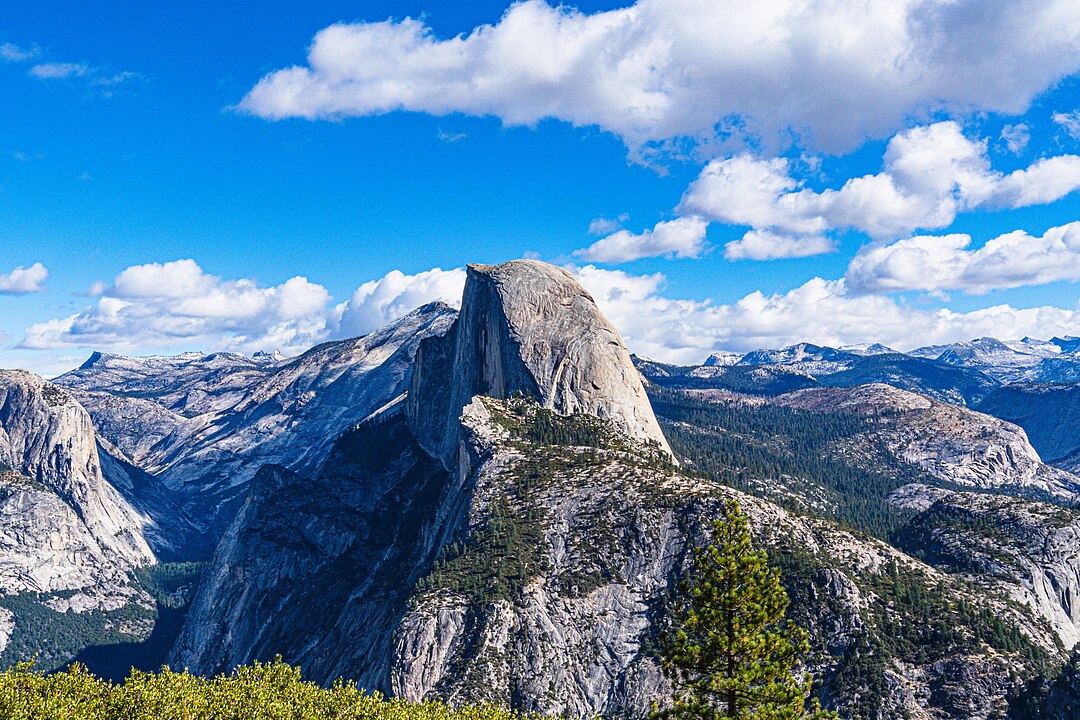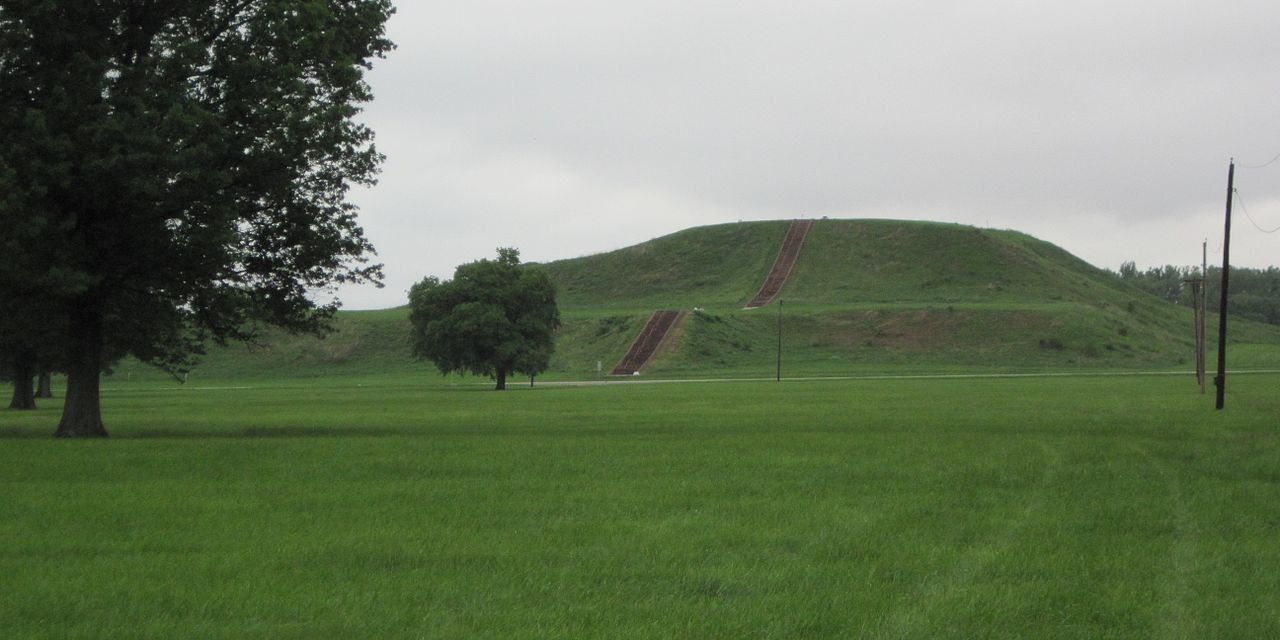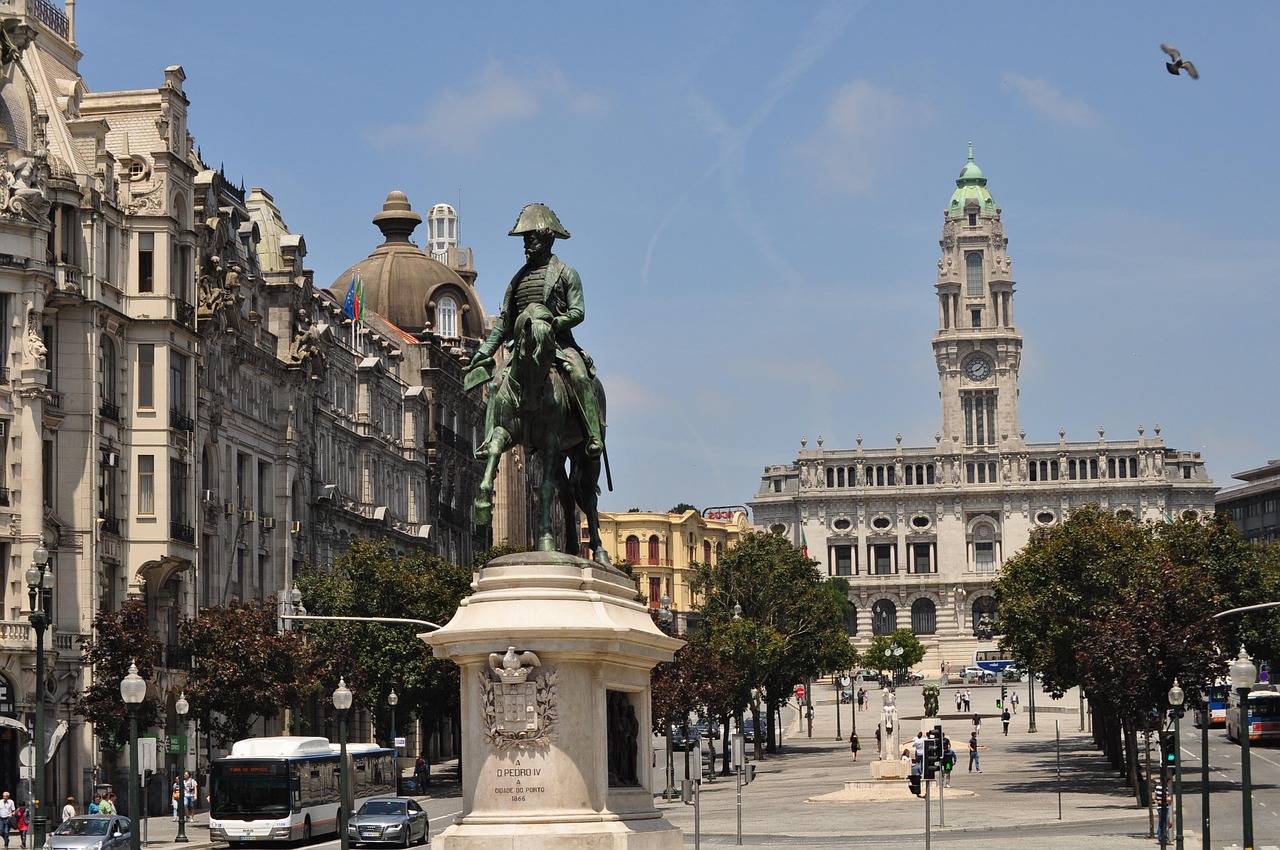Wild places are learning to say not yet. Fragile trails, sacred valleys, and volcanic slopes have drawn crowds faster than the land can heal, so managers now ration access with permits, daily quotas, and lotteries. The goal is simple and practical: protect ecosystems, keep rescue crews effective, and preserve the feeling that a hard-to-reach place should still feel unhurried. It asks for patience, but the trade is fair. Fewer boots mean quieter paths, safer days, and memories that last.
Mount Fuji, Japan
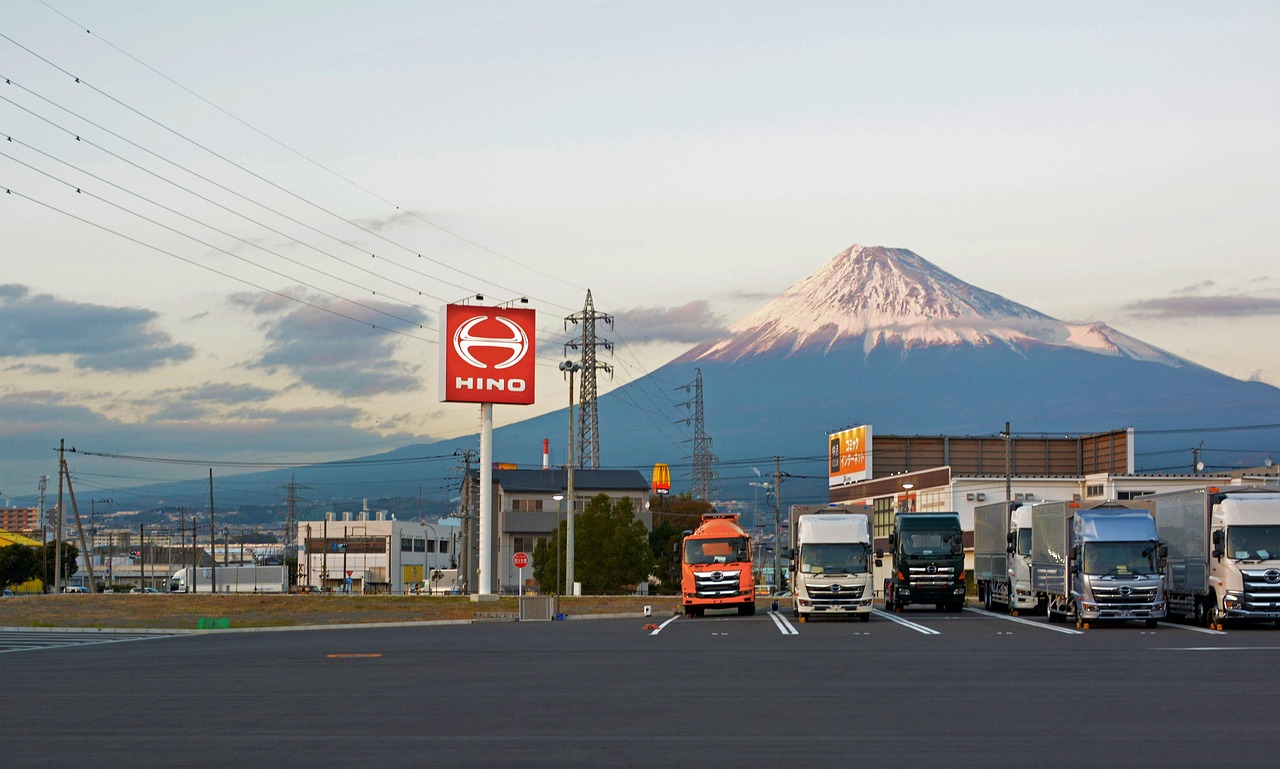
Summer crowds once turned Fuji’s main route into a moving line, so officials added a climbing permit, set daily caps, and created time windows that spread hikers across cooler hours. Mountain huts coordinate capacity and check for symptoms of altitude sickness, while rangers focus on litter and off-trail shortcuts that scar pumice. The approach feels organized instead of strict. Switchbacks breathe, rescues move faster, and sunrise on the crater reads as a moment, not a queue.
Bhutan, Himalayan Kingdom
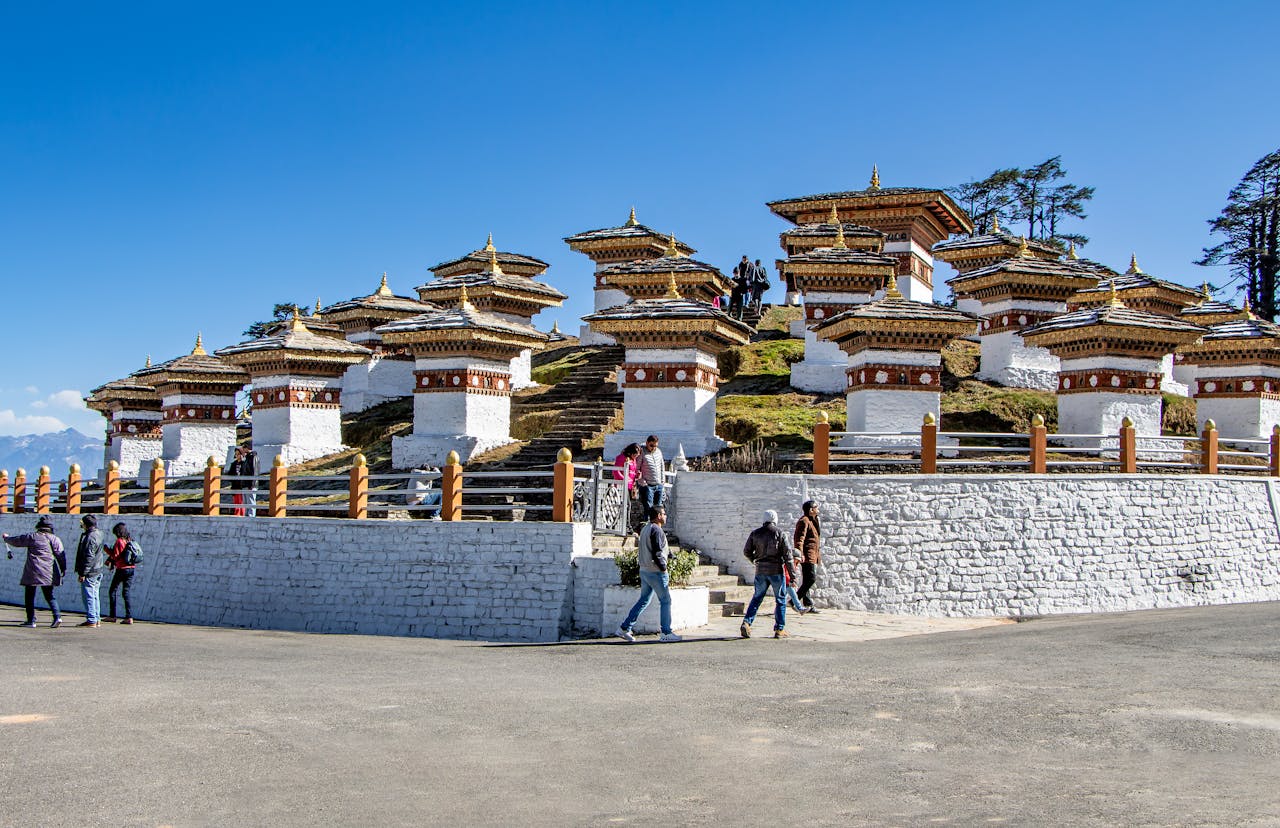
Bhutan limits volume with policy, not turnstiles. A required per-night fee funds conservation, guides, and cultural preservation, which keeps numbers low and standards high. Visitors travel with licensed partners, follow agreed routes, and learn why monasteries, herding grounds, and high passes deserve quiet. The model favors depth over speed. Fewer buses, more context, and an economy that pays communities to keep forests standing and traditions alive. The result is a calmer journey with richer conversations.
The Wave, Arizona, USA
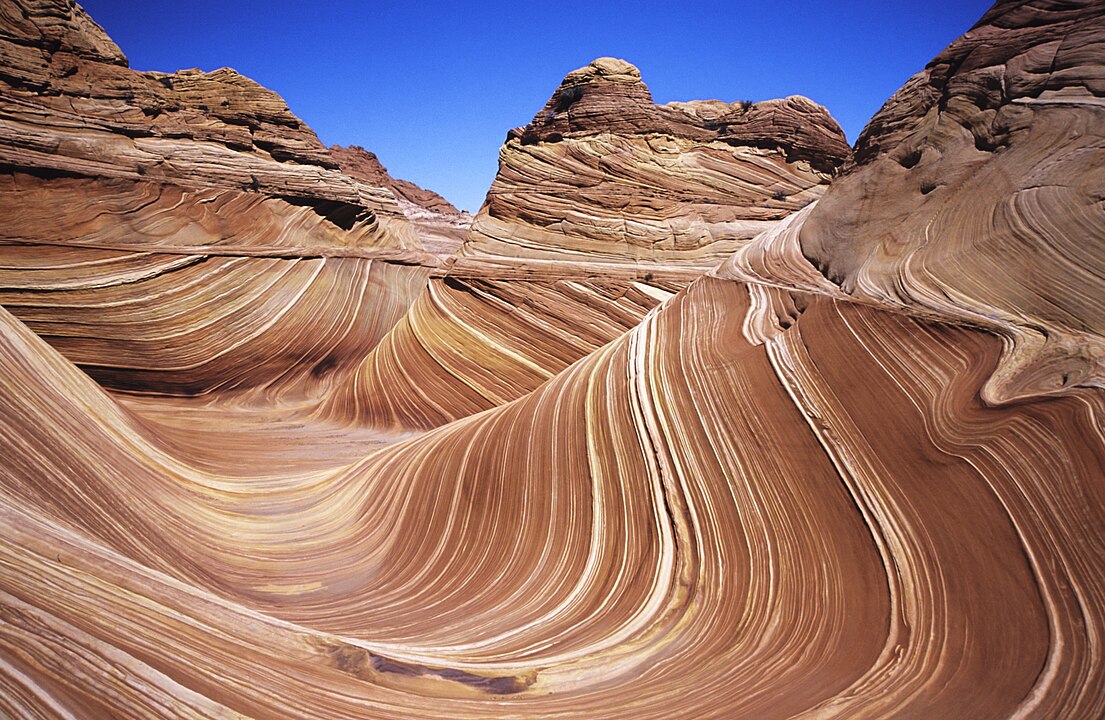
The Wave’s Navajo sandstone is soft enough to hold footprints for days, so land managers issue a small number of daily permits by lottery, split between online and walk-in draws. Winners navigate trackless country where a single shortcut can leave a scar. Limits keep the formation photogenic and the hike contemplative, while rangers prioritize orientation, heat safety, and Leave No Trace. Losing the draw stings, but the rock remains, untrampled and waiting for another season.
Havasu Falls, Arizona, USA
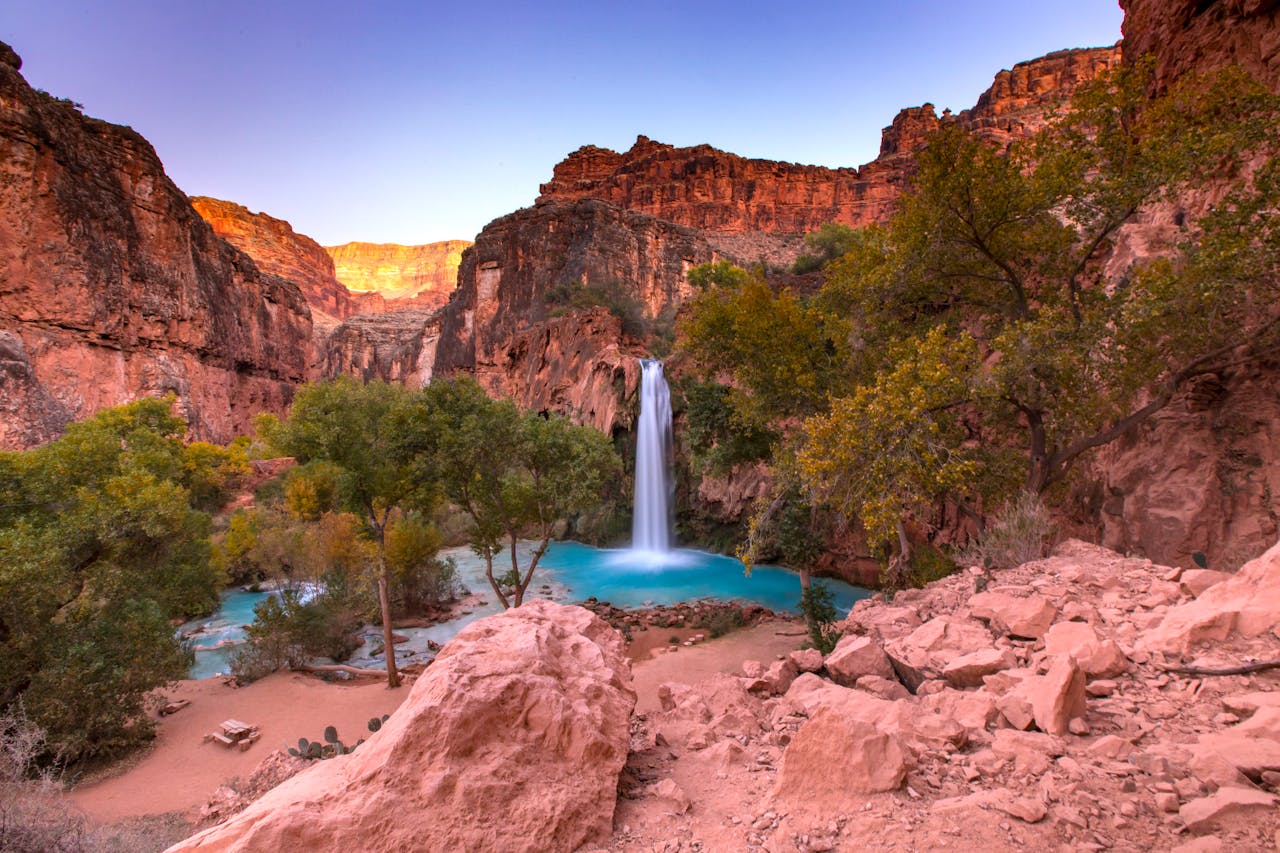
Turquoise pools in a red-rock canyon went viral, and the Havasupai Tribe answered with strict quotas, fixed camping caps, and seasonal closures when floods or drought demand a reset. Every reservation is multi-day, which cuts trail churn and gives the creek a breather. Fees support local jobs, rescues, and trash hauling by pack animals, while food storage and waste rules protect a delicate oasis. The cap is a boundary with purpose, one that keeps the water blue.
Kalalau Trail, Kauai, USA
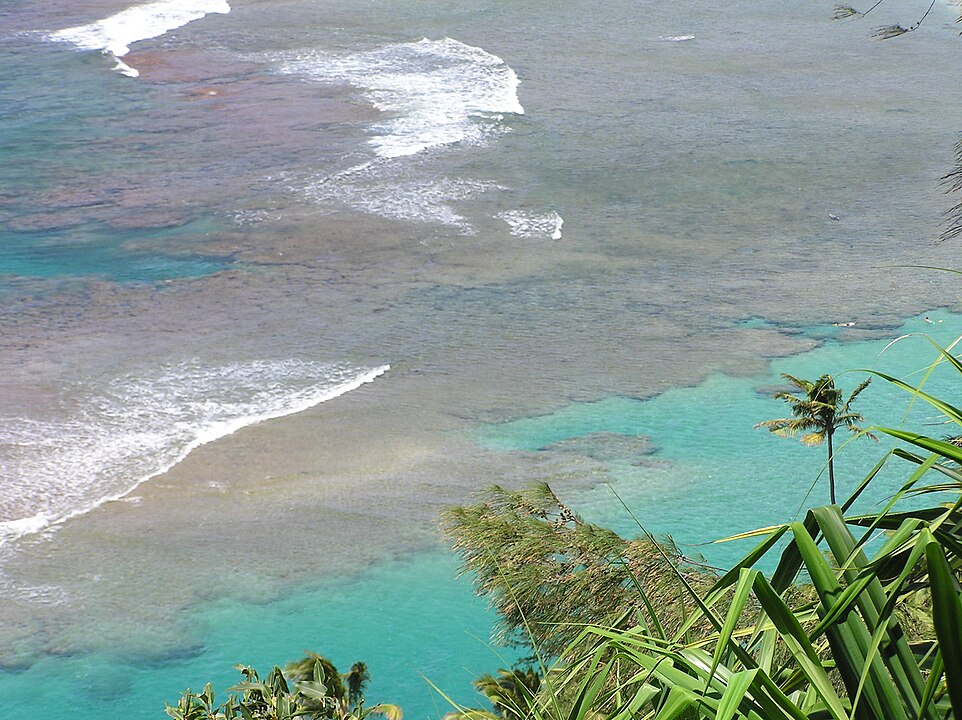
Kalalau threads along cliffs to a beach with no road, and permits keep both the trail and the campsite from collapsing under demand. Daily quotas, parking controls, and firm pack-in, pack-out rules protect valleys that erode with each careless step. Rangers check paperwork and weather, turning back hikers when surf, slides, or rising streams make the route unsafe. The limit preserves solitude along ridgelines where goats graze and rain squalls sweep a restless Pacific.
Inca Trail to Machu Picchu, Peru
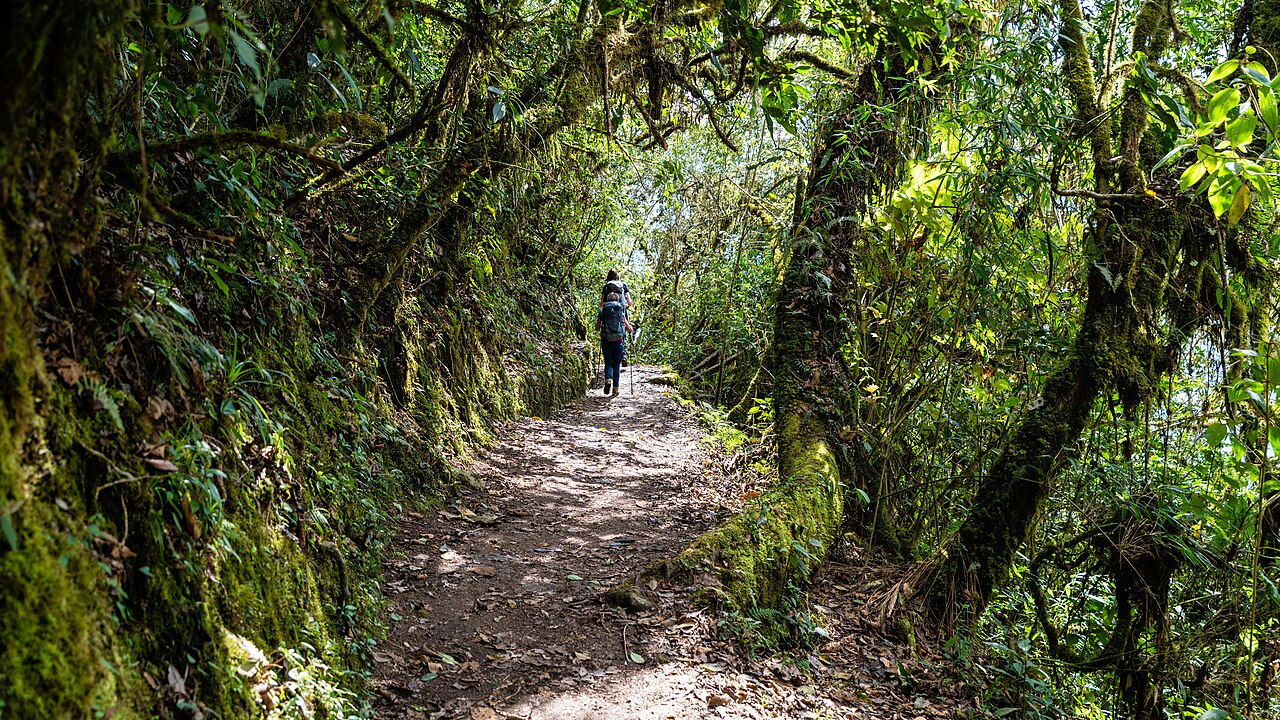
The classic approach to Machu Picchu runs on hard limits: a capped number of trekkers and crew per day, licensed guides, and designated campsites. The system spreads tents across altitude bands, reduces crowding at stone staircases, and protects cloud-forest orchids and terraces. Porters work under regulated loads, outfitters manage waste tightly, and checkpoints keep traffic even. The quota does more than ration selfies at the Sun Gate. It keeps a royal road functioning like a living museum.
Yosemite Half Dome Cables, California, USA
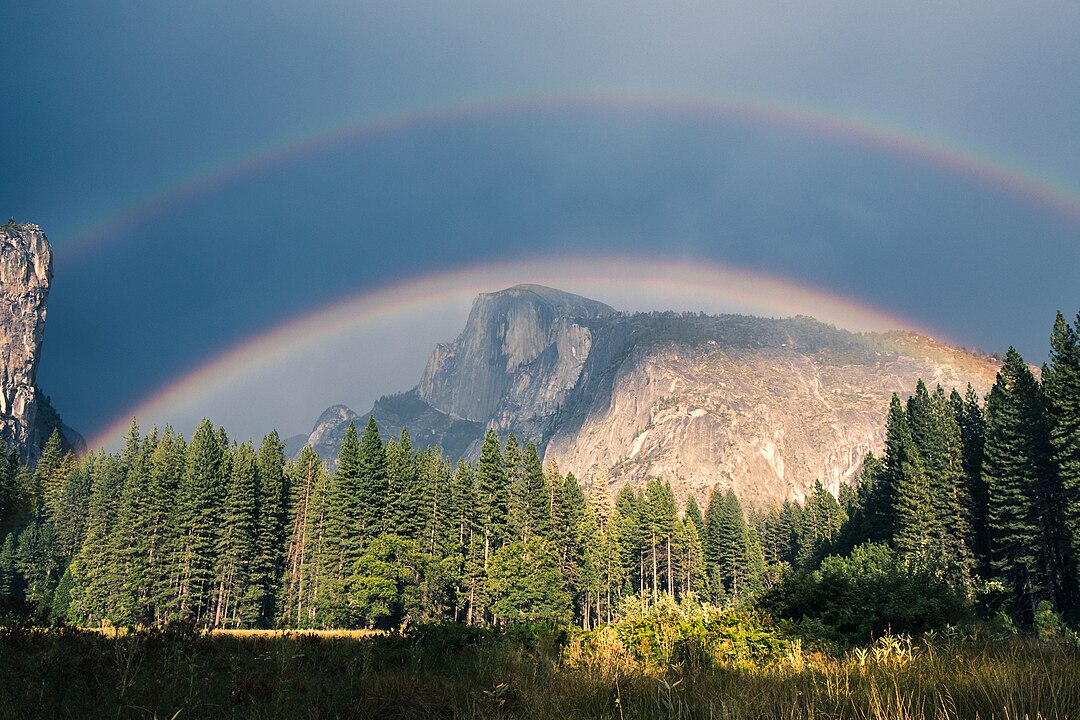
Half Dome’s summer cables turn a granite slab into a ladder, and permits keep the climb from becoming unsafe gridlock. A preseason lottery and limited daily releases align numbers with ranger staffing and weather. Fewer people mean fewer slips on polished rock, faster evacuations, and less damage to soils near Sub Dome. The controlled flow restores the rhythm of an alpine day: early start, steady effort, a quiet summit, and a long, satisfied walk out.
